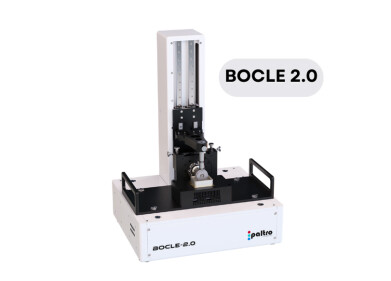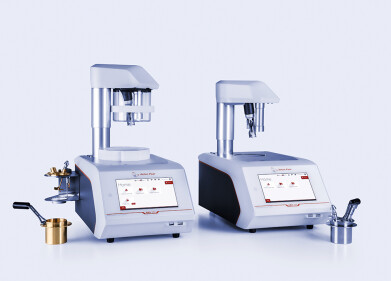Lubricant analysis
What Are the Properties of Lubricants? - Demulsibility
Mar 18 2022
When analysing the properties of a good lubricant, demulsibility is one of the most important characteristics to consider. This property describes the ability of a lubricant to release water, a trait that can have a big impact on the performance and longevity of lubricating oils.
Why demulsibility matters
Water poses one of the biggest threats to mechanical efficiency. H2O can actively degrade lubricating oils, which can reduce loadbearing capacity and accelerate wear caused by metal-on-metal contact. Water contamination can also fast-track issues such as rust and corrosion. In the short term, these issues create resistance, compromise efficiency and increase energy consumption.
Over time, water-contaminated lubricants can release dangerously high levels of abrasive wear particles into a mechanical system. This can result in unplanned downtime and in a worst case scenario, catastrophic failure. Lubricants with high demulsibility are better at releasing water, which reduces the risk of these types of issues.
Choosing the right lubricant for the job
Choosing lubricants with high demulsibility is especially important when servicing machinery operating in humid climates. Machinery operating in factories that are wet or have high levels of moisture in the air can also benefit from lubricants with high demulsibility.
Improving demulsibility
The use of additives is one of the best ways to improve the demulsibility of a lubricant. In some cases, solid lubricants such as graphite may be preferable when the risk of water contamination is high.
Testing demulsibility characteristics
ISO 6614:1994 is one of the most widely used and respected methods for testing demulsibility. Designed for petroleum products, the method is used to determine the water separability of lubricants, petroleum oils and other synthetic fluids. Normal testing temperatures are set at (54 ± 1) °C though for lubricants with viscosity of 90 mm^2 or higher at 40 °C, temperatures may be increased to (82 ± 1) °C.
ASTM D1401-21 - Standard Test Method for Water Separability of Petroleum Oils and Synthetic Fluids is another common method used to test demulsibility. While it was developed for steam-turbine oils it’s also widely used for other fluids.
The importance of monitoring demulsibility
Demulsibility monitoring should feature in any well-rounded preventative maintenance strategy. Keeping tabs on the demulsibility of lubricants can help maximise efficiency, extend the longevity of high value assets and most importantly, reduce the risk of unplanned downtime. Clouding and foaming is a tell-tale sign of loss of demulsibility in lubricating oils. Demulsibility can also be monitored by testing for traces of metallic particles and other contaminants.
Demulsibility is just one of many properties analysed when selecting lubricants and determining suitability. Find out more about some of the other key characteristics, including viscosity, chemical stability and pour point in ‘What Are the Chemical & Physical Properties of Lubricants?’
Digital Edition
PIN 26.1 Feb/Mar 2025
March 2025
Analytical Instrumentation - Elemental Analysis for Quality and Process Control at Refineries, for Lubricants and Wear Metals in Engine Oils - Synthetic Lubricants: New Developments - Scaling...
View all digital editions
Events
Apr 08 2025 Birmingham, UK
Apr 08 2025 Kielce, Poland
Apr 08 2025 Ravenna, Italy
Apr 08 2025 Southampton, UK
Apr 08 2025 London, UK



















